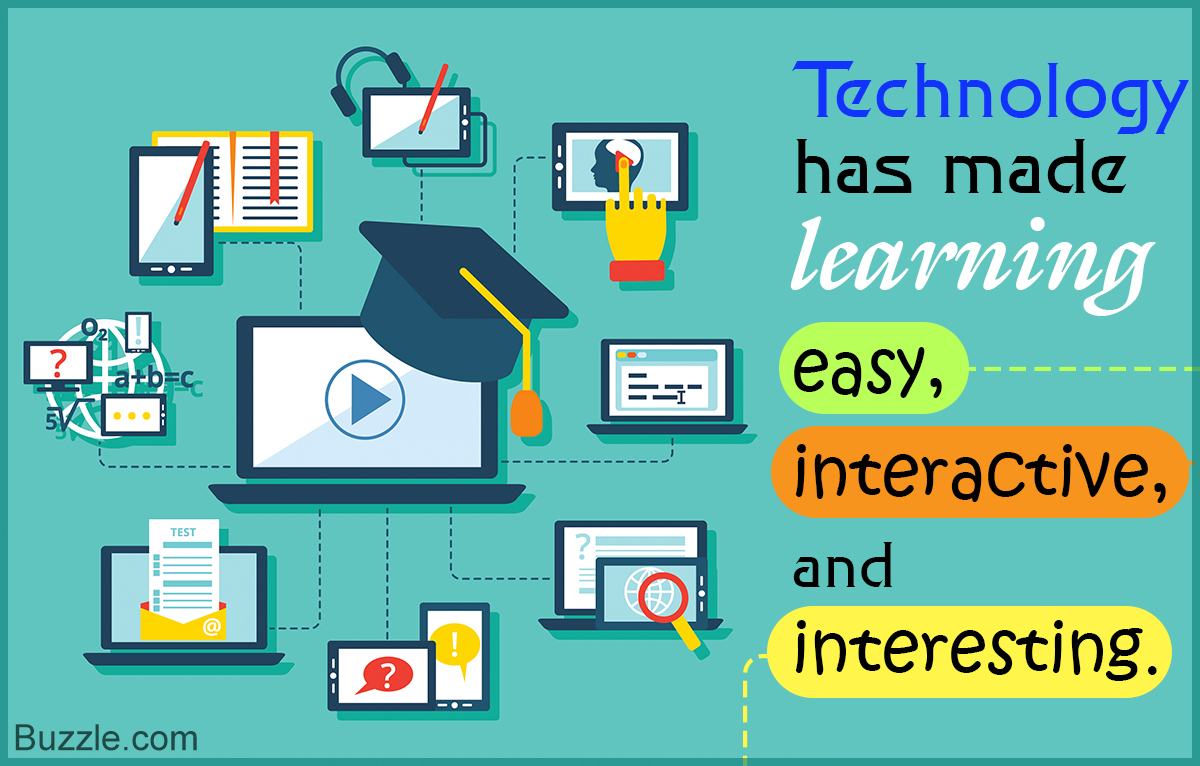
What is Educational Technology?
Educational technology refers to the use of technology to support and enhance the teaching and learning process. It encompasses a wide range of tools and resources, including hardware, software, and multimedia, that can be used to create, deliver, manage, and evaluate educational content and experiences.
Some examples of educational technology include:
- Learning management systems (LMS) and online course management platforms, which provide tools for creating, delivering, and managing online learning experiences.
- Interactive whiteboards, tablets, and other digital devices that allow teachers to present information in new and interactive ways.
- Virtual and augmented reality tools, which can be used to create immersive learning experiences.
- Educational software and mobile apps that provide interactive learning activities and games.
- Online resources such as e-books, videos, and simulations that can be used to supplement classroom instruction.
- Formative assessment tools, such as quizzes and surveys, that provide real-time feedback on student learning.
- Collaboration and communication tools, such as video conferencing and instant messaging, that allow students to work together and communicate with their teachers.
- Learning analytics, which can be used to track student progress and provide data-driven insights into the effectiveness of instruction.
Educational technology is constantly evolving and new tools and resources are being developed to support different aspects of the teaching and learning process. It’s used to create new opportunities and new ways to learn, it can also help to improve student engagement, motivation, and learning outcomes.
Educational technology can be used to enhance student engagement and motivation in several ways:
- Interactive features: Interactive features such as quizzes, games, and simulations can engage students and make learning more interactive and enjoyable.
- Personalized learning: Educational technology tools can be used to provide personalized learning experiences for students by adapting the content and pace of instruction to meet individual needs.
- Collaborative learning: Educational technology tools can be used to support collaborative learning by connecting students with their peers and teachers in online discussions, group projects, and virtual classrooms.
- Gamification: Incorporating game-like elements into the learning experience, such as points, badges, and leaderboards, can motivate students to engage more deeply with the material.
- Immediate feedback: Educational technology tools can provide immediate feedback to students on their performance, which can help to increase motivation and engagement.
- Access to multimedia content: Educational technology can provide students with access to a variety of multimedia content such as videos, images, and audio files, which can make learning more engaging and interactive.
- Access to technology: By providing access to technology, educational technology can help to level the playing field for students from different socio-economic backgrounds.
- Self-paced learning: Educational technology can allow students to learn at their own pace, which can increase motivation and engagement by allowing students to learn in a way that suits them best.